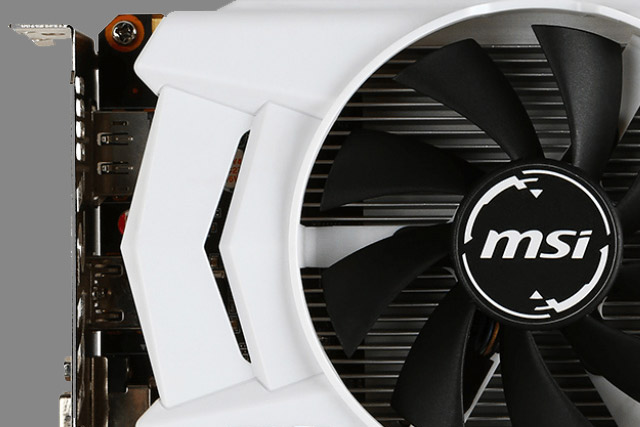
Asus and MSI stand accused of shipping review units of their GTX 1080 graphics cards with advanced clock profiles activated by default, as per reporting from Tech Power Up. As a result, these companies are making it difficult for reviewers to give consumers an idea of the performance that they can expect from a standard version of the component.
It seems that Asus and MSI are making these edits to their components by implementing a custom BIOS. This could potentially open the door for more impactful tweaks like changing fan settings or power management, which would only widen the gap between review units and the cards sold at retail. Customers can download the settings, called “OC Mode,” as well — but they are not enabled by default.
It’s fair to say that the difference between the review cards and those being sold to consumers aren’t all that great. The profiles being used only account for a clock delta between modes of around two percent, according to analysis from Tech Report.
However, these slight inconsistencies could allow one card to look superior to its competition, when retail versions of both products wouldn’t reflect that reported difference unless the “OC Mode” was enabled, something users might not be aware of.
Asus, in its official respond to the allegations, says the company’s decision to enable the higher clock speeds by default in review cards was meant to be a convenience for reviewers. “To save media time and effort, OC Mode is enabled by default as we are well aware our graphics cards will be reviewed primarily on maximum performance.”
MSI’s response takes a slightly different tact. The company claims its maximum-performance “OC Mode” is enabled by default in review units because it found many reviewers never bothered to try it out. Enabling it by default simplified matters.
It’s possible to see Asus’ and MSI’s perspective. The companies knows reviewers will judge its card based on the maximum grunt it has available, so why not just enable that by default?
However, the fact the mode is not enabled in consumer cards does make the practice questionable. If reviewers don’t care to install the software, it’s a fair bet most consumers don’t, either.
Updated 6/17/2016 10:20AM: Added information about Asus’ response
Updated 6/21/2016 3:20PM: Added information about MSI’s response


